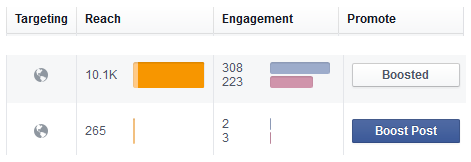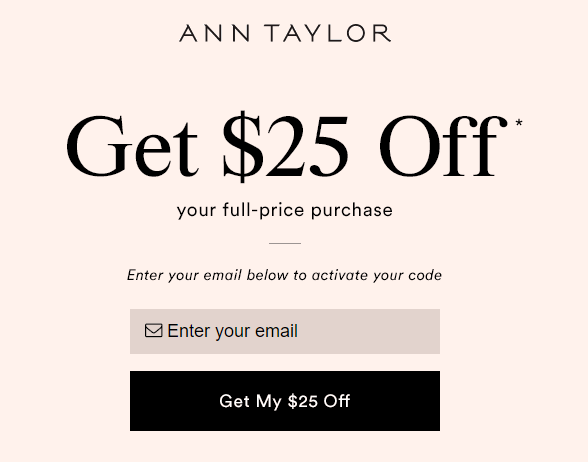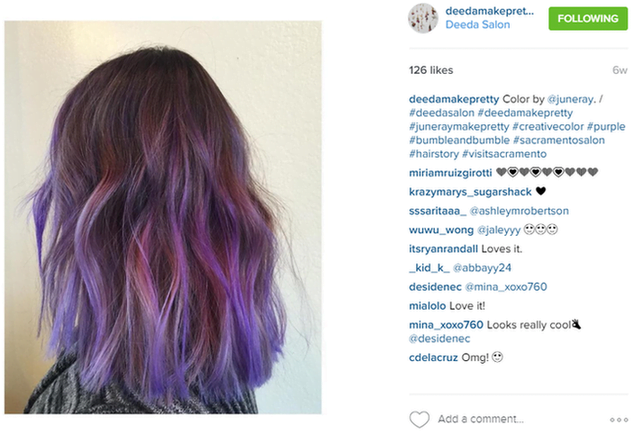In the aftermath of the 2008 economic downturn I was the Marketing Manager for a 250-storefront buying and marketing group of independent in-car electronics and accessories retailers. We learned a crucial lesson from the recession and its eventual recovery: Don’t stop promoting your business. Ever. Don’t stop, even when your resources are low.
If you’ve got a small marketing budget, you have to be smart about priorities. In this post I’ll share some things I’ve learned along the way to help small businesses make the most of their small marketing budgets.
Tip #1: Have A Marketing Budget
A $0 marketing budget can’t be stretched. I have worked with small businesses that historically allocated zero resources to marketing, and nobody is surprised to hear that these retailers were not performing to their full potential.
There were retailers in our specialty retail industry who, like many small businesses, eliminated or significantly cut their promotional budgets during the recession. I get it. Consumers stopped having disposable income and subsequently stopped buying as many things, so why toss money into what seems like a burning pit of marketing collateral? I’ll tell you why: because eventually people got new jobs, had disposable incomes again, and most importantly started buying things again.
After the economy recovered (in most markets), the retailers that stayed on message and stayed promotional even when times were rough had a huge advantage over competitors that had been waiting on the sidelines for conditions to improve. In some cases, our post-crash promotional retailers overtook their silent non-promotional competitors by default and emerged as the single voice for consumers in their market.
You need to build marketing into your small business budget. So fire up Excel and get spreadsheeting.
Tip #2: Pick One Social Property and Do It Well
When Google+ was launched I remember the collective panic expressed by the small business owners I worked with at the time. That same panic came along with the growing popularity of Instagram and Pinterest. I’m seeing it now with SnapChat. How will an already insanely busy small business owner or marketer ever find the time and money to manage a gazillion social media business pages when they’re struggling to just promote one?
Take a deep breath and stop panicking. Take a look at your resources and level with yourself. Can you really get the results you want with social if you try to be really good at all of them?
If your answer is no, I have good news for you. My tried and true recommendation is to pick 1 or 2 and be really good at it/them. When you focus your time and money on a streamlined social strategy you can bring in all of those resources scattered across multiple properties and put them toward a more concentrated and simplified strategy.
I can’t tell you which social media network to choose because that depends on your business, but I will say that most B2C businesses that take my advice choose Facebook, Instagram or both, while most B2B businesses choose Twitter and then Facebook or LinkedIn. When everyone tells you to start advertising on SnapChat and you think your head might explode, you have my permission to just say no. You’re welcome.
Tip #3: Pay to Play in Social (Instead of Believing Organic Is Enough)
Let’s say that after you read tip #2 you chose Facebook as your social strategy focus. Good choice, since Facebook is the most popular social network in the United States.
Well, long gone are days of effective free advertising via Facebook business page posts. The good news is, Facebook advertising and boosted posts are highly effective and very affordable.
Facebook boosted posts insights from Columbus Car Audio, a specialty retailer with ~5,000 likes
The screenshot above shows how a boosted post performed vs. an unpaid post, and I think it speaks for itself. This $30 boosted post ran during a freak snowstorm as a way to promote car remote start systems. Nope, I am not missing any zeros my friends, that is thirty dollars. It reached 10,000 people, was clicked 531 times, and had 55 comments. Yay for freak snowstorms!
You probably also noticed the post below it, however, which was not boosted and got only 265 views and 5 engagements. They paid 30 times more for the boosted post than the free one, but they got 38 times the reach and a whopping 106 times the engagement.
Boosting posts isn’t the only way you can pay to play on Facebook. Columbus Car Audio spends about $300-$500 per Facebook ad campaign and gains on average about 57 leads per campaign with about an 8% conversion rate. Considering an average ticket for a 12 volt retailer is around $1500 (but usually higher!), they get a pretty healthy ROI from Facebook ads.
Now how about some good old fashioned anecdotal evidence to pile on top of these “statistics” and “charts”? When I asked the folks over at Columbus Car Audio about their feelings on paid vs. organic social content they replied, “Anything paid definitely blows organic posts out of the water. We think Facebook ads are one of our most successful advertising endeavors, and we’ve increased budget tremendously for campaigns in 2016.” Thanks Columbus Car Audio for sharing your stats and success with the world!
Tip #4: Invest in Email Marketing and Shred Direct Mail
Sometimes we do what we’ve always done because it’s safe and familiar and because we’ve always done it. I know some businesses that are still placing ads in print phone books (apparently that is still a thing) and others who still are choosing to invest in direct mail instead of email marketing.
Harvard Business Review did a comparison between direct mail and email marketing in this great article. To summarize their case study: direct mail costs about 100 times as much as email marketing and ROI-wise, email marketing campaigns performed about 95 times better.
The barrier to email marketing that I hear most is “I have no list” or “my list is too small and I don’t know how to build one.” You can build a list and you can do it cheaply.
Capture email leads on your website or sign up customers at checkout by clearly explaining the value of signing up for your newsletters (so make sure there is value). In-person POS email address acquisition is cheap and is just a matter of training your staff to capture that information. Whether you’re offering product discounts to subscribers, valuable information, or other exclusive offers, be clear and be specific.
Do not trick customers into giving you their email address or buy shady lists. Your goal is to get and keep more real customers, not to win the biggest email list in the world award, or get your IP blacklisted.
Tech Tip: According to HubSpot, 80.8% of users report reading email on mobile devices, so once you have subscribers, make sure you use or build a mobile-optimized template for your e-blasts.
Tip #5: Get Creative with Your Visual Creative (And Make Content for Less)
Finding ways to integrate promotional content creation into your day-to-day tasks (i.e. the stuff you’re doing anyway) saves you time and money. Get everyone in your business involved in generating visual promotional content.
Shout out to the beautiful people over at Deeda Salon in Sacramento, CA
Take a hair salon for example: Ask your stylists to take photos of their work and post it to Instagram. Use relevant hashtags so people can find your content even if they aren’t following you. I recommend using a tool like Sprout Social or Hootsuite so a manager can approve the content. In that scenario you’ll likely end up with more content than you need and you spent absolutely nothing to create it.
And why stop at still images when you can do this with video too? While I love being on location with a film crew and agency actors, not all (or any really) of your video content needs to be a full-blown red carpet production.
Do you have a phone with a camera? Of course you do. Use it to capture (willing) customer testimonials, snap a photo showcase of the work you do, give your customers a short sneak peak into the inner workings of your business, or stand in front of it and talk about your expertise for a few minutes. Download photo and video editing apps on said phone (I like iMovie for iPhone and Snapseed photo editor for Android or iPhone) and promote!
If the smartphone isn’t quite cutting it for what you’re trying to accomplish, consider getting a DSLR camera—they’re affordable and produce fantastic quality images and video.
Bonus Tip: Pay to Play in Search Too
I have seen some of our retailers who were just using SEO strategies go from page 2 to page and position 1 after allocating resources to paid search. Whether you’re just starting out with search and display ads or you’re looking to optimize your strategy, you should check out PPC University for tips on getting started and making the most of your AdWords budget.









0 Comments